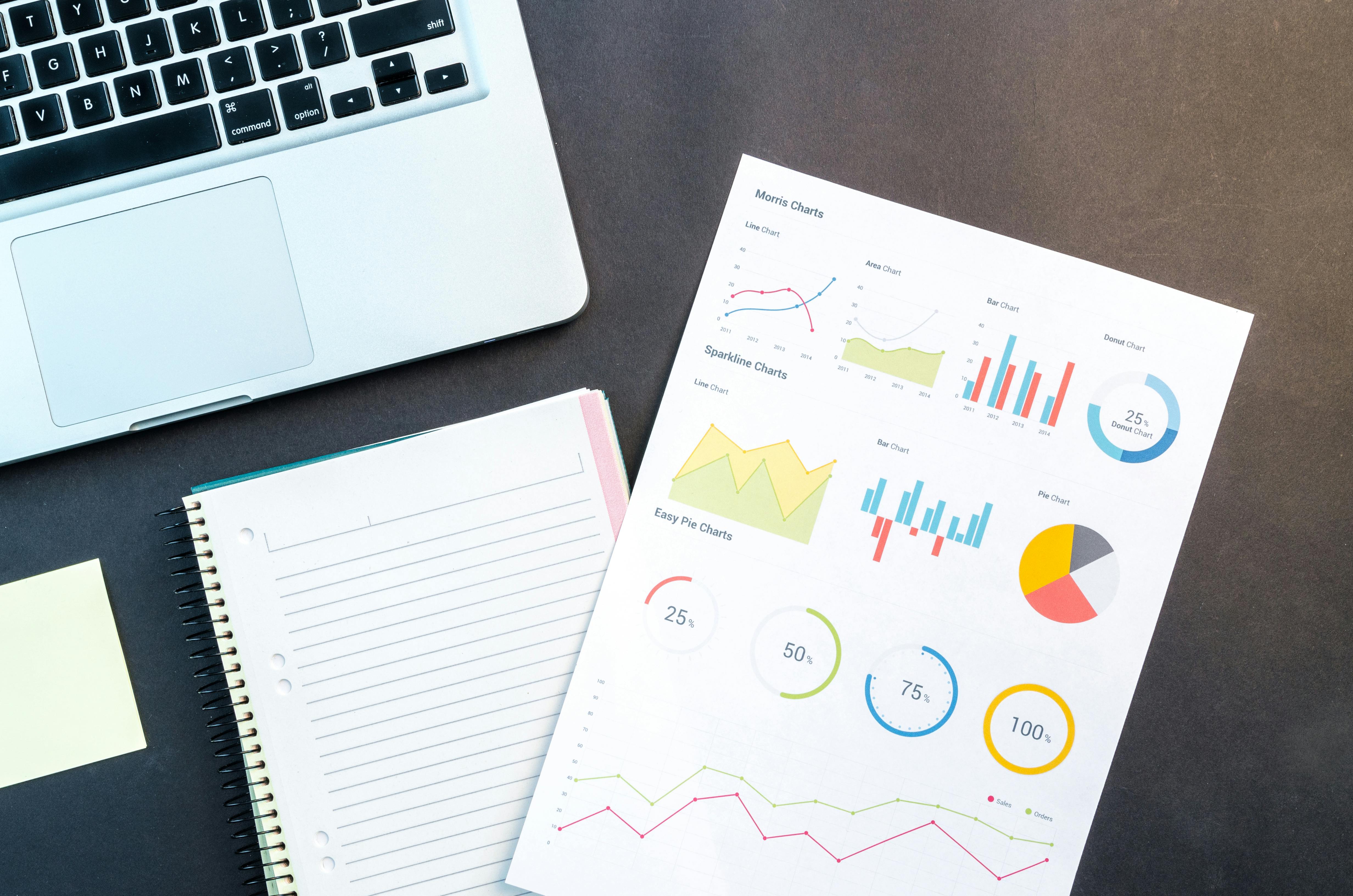How AI-Powered Excel Formula Generation Transforms Everyday Productivity
Are you tired of endlessly searching for the right formula in Excel? Do you wish there was an easier way to automate calculations and data analysis without memorizing complex syntax? Thanks to recent advancements in artificial intelligence, generating Excel formulas is now easier than ever—even for complete beginners. In this guide, we'll explore how AI-powered formula generation tools like ExcelNLP can revolutionize the way you work with spreadsheets, save you hours of time, and help you unlock the true power of Excel.
Why Excel Formulas Matter for Productivity
Formulas are at the heart of Excel’s ability to calculate, analyze, and visualize data. Whether you’re managing a personal budget, tracking business expenses, or analyzing customer data, formulas help turn raw numbers into actionable insights. But let’s face it: even basic formulas can be tricky to remember, and advanced ones—like nested IF statements or array formulas—can be downright intimidating.
This is where AI-powered formula generators come in. By translating plain-language questions or requirements into accurate Excel formulas, these tools remove the guesswork and make advanced spreadsheet tasks accessible to everyone.
How AI Formula Generators Work: A Beginner’s Guide
Imagine you want to calculate the total sales for a specific product in your Excel sheet. Traditionally, you’d need to remember the SUMIF function and its syntax. With AI tools like ExcelNLP, you can simply type, “Sum all sales where the product is ‘Coffee’,” and instantly get the correct formula:
=SUMIF(B2:B50, "Coffee", C2:C50)
The AI analyzes your request, understands the context of your spreadsheet, and generates the formula you need—no technical knowledge required!
Step-by-Step: Using AI to Generate Excel Formulas
- Step 1: Upload your Excel file to an AI platform like ExcelNLP.
- Step 2: Describe what you want to calculate in plain English (e.g., “Count orders from March” or “Calculate average score for column D”).
- Step 3: Receive the suggested formula and paste it directly into your spreadsheet.
- Step 4: Run or modify the formula as needed. Done!
This approach is perfect for beginners, busy professionals, and anyone who wants to work smarter—not harder—with Excel.
Real-World Use Cases: Where AI Formula Generation Shines
Let’s look at some everyday scenarios where AI-generated Excel formulas can make a big difference:
- Personal Budgeting: Need to quickly calculate total monthly expenses, average spending per category, or highlight overspending? Just ask the AI, and get the formula instantly.
- Small Business Invoicing: Automate calculations for taxes, discounts, or overdue payments without memorizing complex nested formulas.
- Academic Grading: Teachers can generate formulas to calculate weighted averages, drop the lowest score, or count missing assignments with a simple prompt.
- Project Management: Quickly build formulas to flag overdue tasks, sum hours by team member, or track completion rates across multiple sheets.
By removing the formula barrier, AI empowers users to focus on insights and decisions, not manual calculations.
Productivity Hacks: Automate and Simplify with AI
Here are some powerful productivity hacks you can achieve using AI Excel formula generators:
- Instant Error Fixing: If a formula returns an error, simply describe the problem to the AI (“Fix this VLOOKUP error”) and receive a corrected version.
- Batch Formula Generation: Ask AI to generate multiple related formulas at once—like summing sales by region, product, or month—to save even more time.
- Learning as You Go: Each time you use AI-generated formulas, you see both the result and the underlying logic, helping you learn Excel naturally.
- Automate Repetitive Tasks: Use AI to create formulas that automate data cleaning, flag duplicates, or standardize formats across large datasets.
Tools like ExcelNLP also enable you to chat with your Excel files, search and filter data using natural language, and visualize results—all from a single platform.
Tips for Getting the Most Out of AI-Generated Formulas
To maximize your productivity with AI formula generators, try these tips:
- Be Specific: The more specific your request, the more accurate the formula. Include column names, conditions, and desired outputs.
- Review and Learn: Check the generated formula and ask follow-up questions if you need clarification.
- Combine with Visualization: Once you’ve calculated your results, use ExcelNLP’s AI-powered charting to visualize trends and patterns instantly.
- Explore More Automation: Look for ways to automate entire workflows by combining formula generation with AI-powered Excel automation.
Conclusion: Supercharge Your Excel Skills with AI
AI-powered Excel formula generation is a game-changer for anyone who works with spreadsheets. By making advanced calculations accessible through simple language, tools like ExcelNLP help you save time, reduce errors, and focus on what matters most—your data and your decisions.
Whether you’re a student, entrepreneur, or family budgeter, embracing AI in Excel is the smartest way to boost your productivity. Ready to experience it yourself? Try ExcelNLP for free and see how easy, accurate, and enjoyable working with Excel can be!

FAQs: AI Formula Generation in Excel
- What is an AI Excel formula generator?
It’s a tool that uses artificial intelligence to create Excel formulas from plain-language descriptions, saving you time and eliminating guesswork. - Do I need to know Excel formulas to use AI generators?
No! You simply describe what you want to calculate, and the AI provides the correct formula. - Can AI help me fix formula errors?
Yes, AI tools like ExcelNLP can diagnose and suggest corrections for common Excel formula errors. - Is my data secure when using AI tools?
Reputable platforms like ExcelNLP prioritize data privacy and security; always check the provider’s privacy policy. - Can AI generate formulas for Google Sheets too?
Many AI tools support both Excel and Google Sheets; check the features of your chosen platform.
